ID: KN7-PNW
ID: KN7-PNW
Mururuku
Terminalia brownii
Photo
Kenya
21:58 - 23°C
My connections
The project I am part of
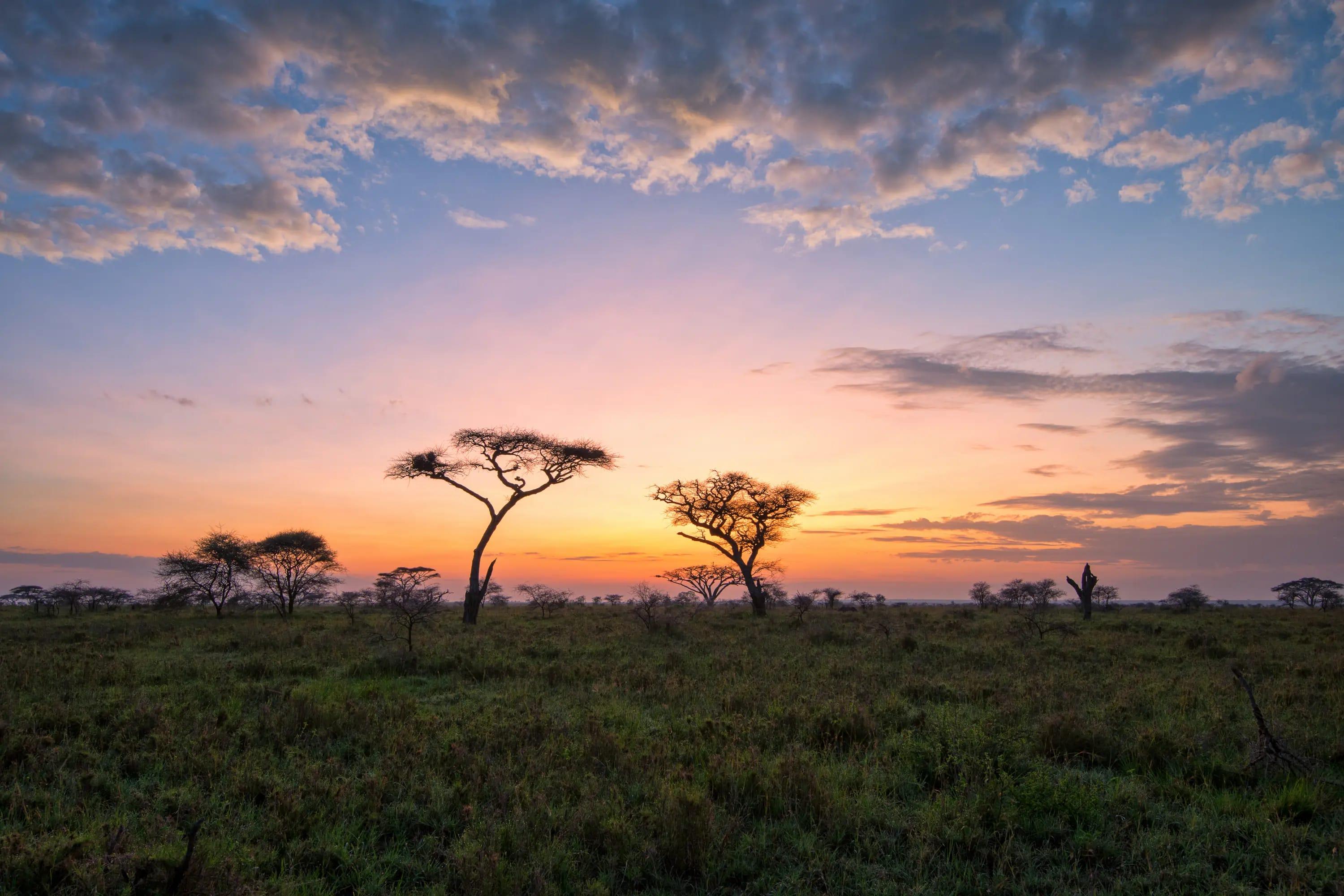
Kenya
61,451
Involved farmers
1,282,626
Planted trees
Amid savannahs and highlands, Kenya is home to unique biodiversity. Here, Treedom works with smallholder farmers to plant trees that nourish, protect the soil, and offer new perspectives for local communities.
My ID card
Who am I?
Tree
Mururuku
Date of birth
06/03/2021
Name
Mururuku

/34.16262601,-0.40827363,0/500x333@2x?access_token=pk.eyJ1IjoidG9tbWFzb3NwZXJvbmkiLCJhIjoiY2tnOTE3eW12MDJqazMybXNzOWV1YjloOSJ9.wtGsuDU7XIKjcv2cq8CiXw&logo=false&attribution=false)
Where am I located?
Country
Kenya
Place of birth
Rusinga Island ward
Coordinates
0° 24′ 29.79″ S | 34° 9′ 45.45″ E
My Timeline
The important moments in your tree's life.
Seed
It all starts with a tiny seed, nice and warm in the soil.
Nursery
Your seedling is big enough to be welcomed into one of our nurseries, along with many others.
Planted
We’re here! Your tree has reached its new home: it’s been planted by a smallholder, who’ll take care of it for years to come.
Photo
Strike a pose! Now that it’s big enough, here’s a photo of your tree!
My Gallery
Nursery
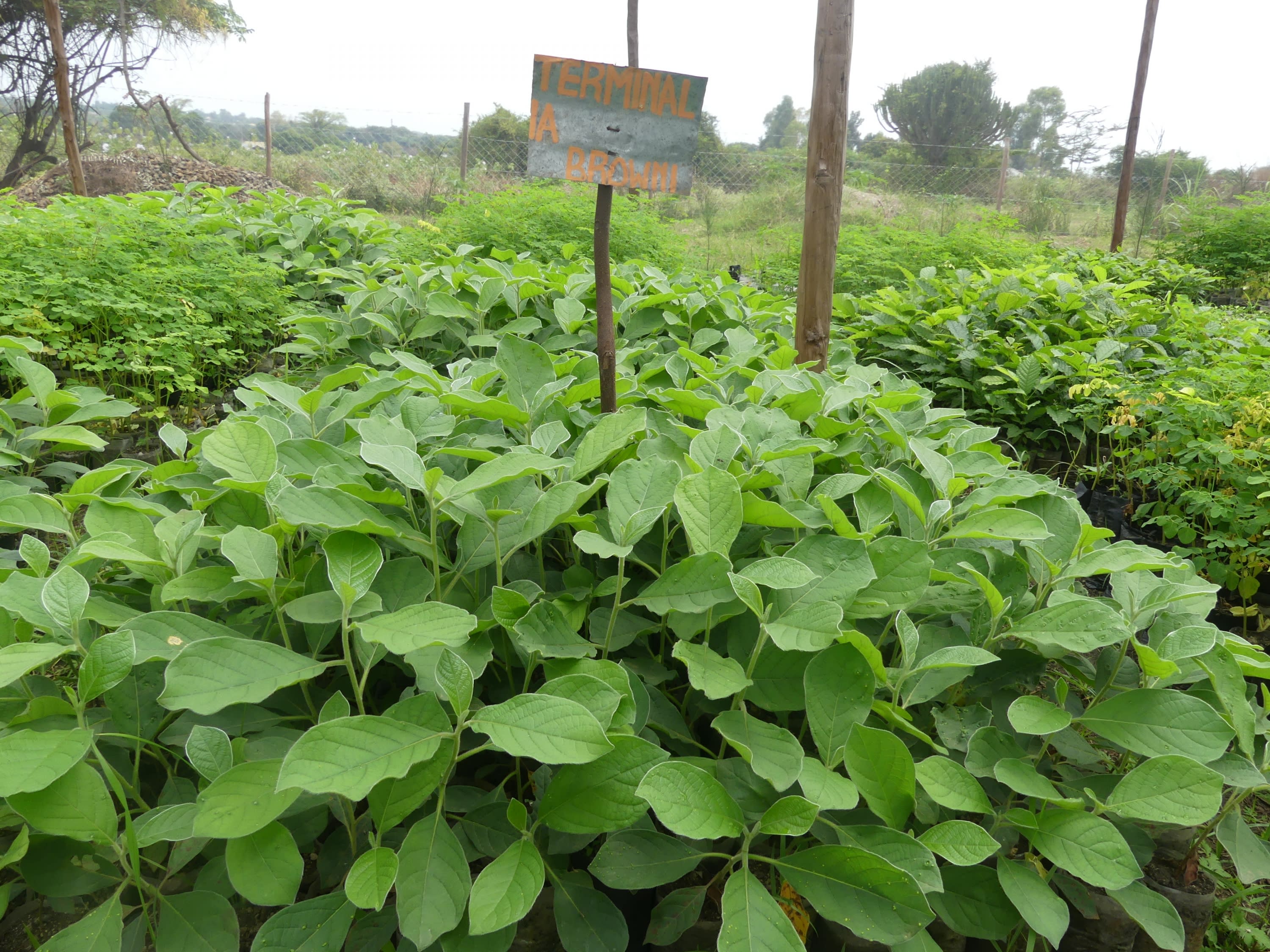
Planted
/34.16262601,-0.40827363,0/500x333@2x?access_token=pk.eyJ1IjoidG9tbWFzb3NwZXJvbmkiLCJhIjoiY2tnOTE3eW12MDJqazMybXNzOWV1YjloOSJ9.wtGsuDU7XIKjcv2cq8CiXw&logo=false&attribution=false)
34° 9′ 45.45″ E
Photo
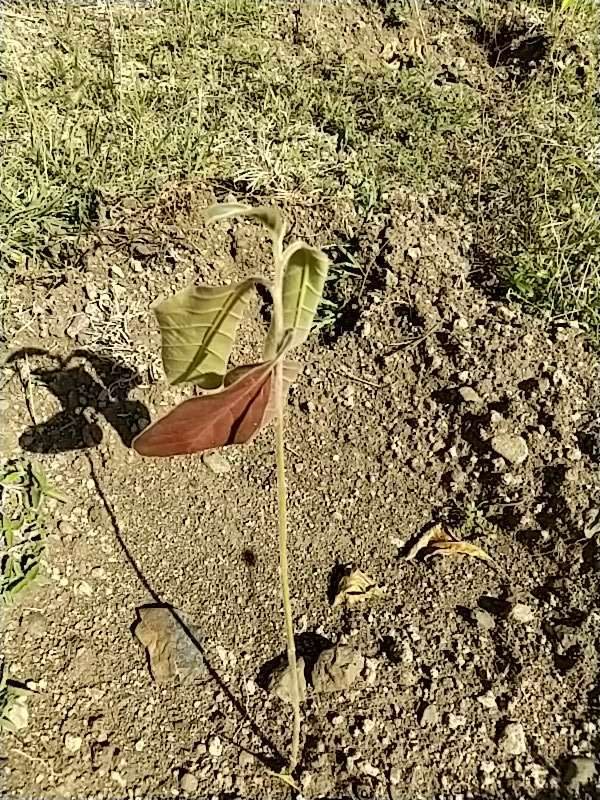
Curiosity about me
The important moments in your tree's life.
Let's start with introductions
The scientific name of this tree is Terminalia Brownii. Terminalia is the genus it belongs to and this name derives from the Latin terminus, indicating that the leaves are found at the ends of the branches. The name we’ve chosen to present it is the one used by the Tharaka, who live in Kenya, since this tree is typical of central-eastern Africa. It can grow to over 20-25 metres and develop a large crown. It typically blooms from March to June and attracts a large number of bees during that time.
Meaning
Gentility
Mururuku trees can grow even in extreme drought. And since a large number of leaves change during the year, when they fall to the ground they become an excellent fertiliser, enriching the soil to let other plants grow. The Mururuku are true gentlemen!

How much CO2 I’ll absorb
My estimated CO2 absorption capacity is based on the first 10 years of my life*
Current absorption
- 40 kg
2021
0 kg
2031
-100 kg
* The tree will continue to absorb CO2 even after the tenth year. Therefore this is a prudent estimate.
How I am useful to local communities
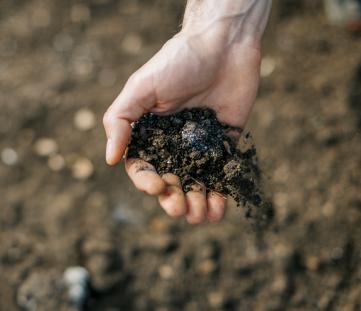
Soil
It improves the quality of the soil thanks to the nitrogen fixation process or it reduces soil erosion, thanks to its extended root system.
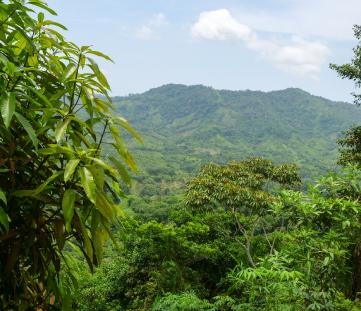
Anti-wind
It protects young plants from the wind and reduces water evaporation from the soil.
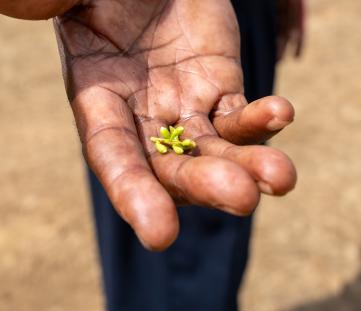
Medicine
Its leaves, roots, bark and/or fruits are used in traditional medicine.
My benefits
10%
Food Security
The trees will bear fruits, some that will be edible immediately and others that can become edible through processing, ensuring food resources over time.
50%
Economic development
The trees' fruits and the products derived from their transformation can be traded in local networks, offering income opportunities.
60%
CO₂ Absorption
During its life cycle, each tree will absorb CO₂. The trees you plant can offset your emissions.
60%
Environmental protection
The trees are planted in agroforestry systems that favor the virtuous interaction between the different species and their positive impact on the environment and on the land.